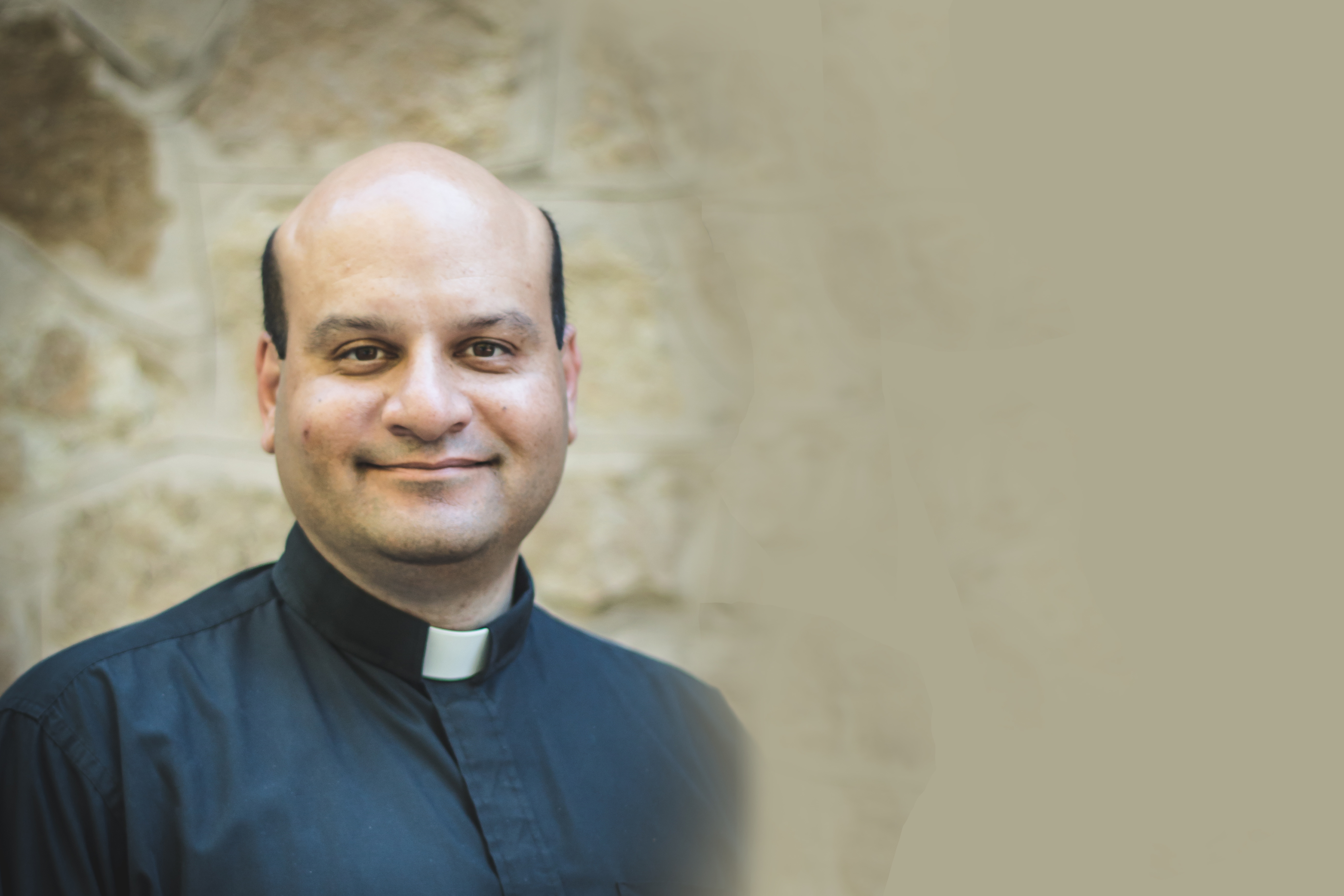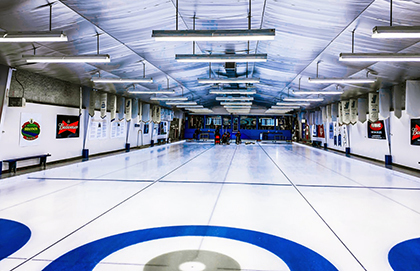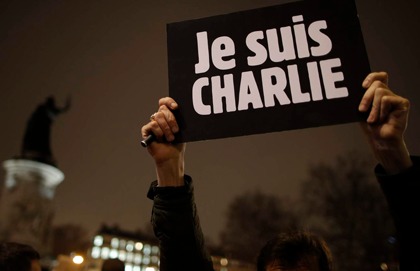Lance Armstrong: Win & Lose
After Lance Armstrong announced that he would no longer contest the doping accusations made against him, the general reaction was that he may have cheated in cycling but that his other work was so outstanding it rendered his use of performance-enhancing drugs very much secondary. I remain unconvinced.
I am sympathetic to Armstrong's claim that "enough is enough" and that he no longer wishes to battle the United States Anti-Doping Agency (USADA). Even the court judgment that dismissed Armstrong's case against the USADA's jurisdiction characterized the agency's pursuit of Armstrong as troubling on due process grounds. And with the USADA riding shotgun alongside the FBI, it was clear enough that the prosecutorial abuse of power that America employs daily against the poor and the rich was about to be unleashed on Armstrong. In declining to become another Barry Bonds, Martha Stewart, Ted Stevens, Scooter Libby or Conrad Black, I thought Armstrong made an eminently defensible decision.
Armstrong's utter singularity made him a great inspiration, even if he would be hard to follow as a model. Here is an athlete who—to his own surprise—became better after, and in some important respects because of, his cancer. The early Armstrong was a powerful sprinter who was comparatively weak in the mountains. He returned after the cancer to dominate the steep climbs that separate the winners from the losers in the Tour de France. As a young cyclist, Armstrong had been told by five-time Tour winner Eddy Merckx that he needed to lose weight—the pre-cancer Armstrong was built like a muscular linebacker—in order to win the climbs. The cancer spared Armstrong's preternatural lung capacity and his piston-like thighs, but took 15 pounds of muscle off his upper body—a combination that made him unbeatable in the mountains.
I read Armstrong's books and concluded that he did use a performance-enhancing drug—a very unusual one called cancer treatment. Armstrong wrote that the treatment effectively reshaped his body. That freakish result, combined with his admirable discipline and fierce competitive spirit, was enough for me to believe that Armstrong was clean.
Prior to Armstrong, I might have thought that a peloton was a type of cancer, so little did I know about cycling. For me, like so many others, it was the inspiring story of a young man who roared back from testicular cancer to become a great cycling champion who drew us to a sport that is rather too complicated and too prolonged to follow easily on television.
Over the years, the view that Armstrong was clean became less plausible. For to believe he was clean would mean an even more implausible scenario, namely that while everybody else was dirty, he still beat them. As year after year revealed that every Tour winner was doping, it was harder to believe that Armstrong was the only one who wasn't. And the accusations multiplied. While Armstrong's protestation that "enough is enough" is understandable, it is not incompatible with the expectation that he was, this time, going to lose. He had finally been caught.
So Lance Armstrong is another crooked racer in a sport as crooked as a bike frame after a peloton crash. What's the big deal? After all, he is such an outstanding role model—the cancer survivor who inspires others—that surely a little blood doping here and there does not matter. Moreover, Armstrong embraced his celebrity status and raised awareness and a lot of money—the most highly prized achievements in American culture. As Armstrong adopted the celebrity role, with the disposable women and fashionable friends, I found him less appealing, and certainly not a role model. But it was precisely his cancer work, and the philosophy of his livestrong campaign, that is the cause for greater concern. Read his books, follow his philosophy, and discover there a view radically at odds with the Christian conception of the good life, of suffering and of salvation.
He remains, of course, a compelling figure. Even the name is perfect. Lance Armstrong. The surname is that of a stepfather who passed through his mother's life when Lance was a boy—a man the young Lance so thoroughly despised that he would later write to him to say that "if I could, I would change my name." But like so much in Armstrong's life, adversity brought opportunity along with it. That's now the philosophy he promotes with his Lance Armstrong Foundation.
Mooneyham is his mother's maiden name, and Gunderson the surname of his biological father, or as Armstrong derisively puts it, "the DNA donor." But Lance Mooneyham or Lance Gunderson wouldn't quite fit the winner of seven consecutive Tour de France victories. Lance Armstrong nicely abbreviates itself into livestrong. Mooneyham would be difficult to work onto those ubiquitous yellow wristbands that indicate one's support for cancer patients and cancer research. So fans cheered not only for Armstrong to win the Tour, but for the livestrong philosophy that has arisen from his unique accomplishments.
There is much to recommend in the livestrong approach, which emphasizes the patient as an active agent in controlling the cancer, not a passive recipient of advice and treatment. "It's your life," states the Manifesto of the Lance Armstrong Foundation. "You will have it your way."
And Lance did have it his way. When told by doctors in Texas that the cancer treatment would kill his cycling career, he was on a plane within days to the leading specialists in Indiana, who devised a treatment protocol that would spare his lungs from permanent damage. When it turned out that he was without health insurance at the time of his diagnosis and therefore facing astronomical medical bills, one of his corporate sponsors put him on their health plan, and demanded the insurance company pay when it balked at Armstrong's pre-existing condition.
It wasn't Armstrong's wealth and connections that truly set him apart. It was his drive and his determination. Indeed, it is remarked that Armstrong didn't win the Tour de France in July, but rather the previous winter when he was training harder than any others, spending seven cold hours a day on his bike and weighing his pasta to ensure the right nutritional balance. He applied that super-competitive attitude to his cancer. And with the help of the best medicine available, he beat it.
He said that if he had to choose between winning the Tour and having had cancer, he would choose the cancer. He believes the experience of suffering taught him how to fight and how to persevere, lessons for life that also served him well in the gruelling Tour.
"Nobody in the world is better at suffering," he wrote about his endurance. Cancer brought Armstrong face to face with intense suffering, and he believes that it purifies the soul. Indeed, Armstrong thinks suffering can elevate the personality, revealing hidden sources of strength.
"Pain is my chosen way of exploring the human heart," he wrote. "We have unrealized capacities that sometimes emerge in a crisis. So if there is a purpose to the suffering that is cancer, I think it must be this: it's meant to improve us."
Armstrong finds himself in a long tradition of meditation upon the purposes of suffering. Suffering can indeed clarify priorities, purify intentions and solidify resolve. But suffering is also destructive, and for most, it destroys more than it builds up.
Many who work with cancer patients are ambivalent about the livestrong approach. While resolve and determination in the face of disease are to be encouraged, for many patients, in agony with no hope of recovery, encouraging them to livestrong borders on mockery. Cancer wins more often than it loses, and living strong for many is simply beyond their capacity.
Religious traditions understand the mystery of human suffering against the horizon of eternity, where suffering does not have the final word and where every tear will be wiped away. Armstrong, who is agnostic, doesn't have that supernatural horizon against which to measure suffering, and so the alternative is to live strong. Yet there is another type of strength, too: the strength of the one who is wholly weak, crucified by pain and waiting simply for death. To hold fast to faith and hope is another way of living strong; one that does not seek control over life, but rather surrenders it to a merciful Providence. For a gifted few on a natural level, living strong is an option; for many others, dying strong at the supernatural level is the best witness that they can give.
Armstrong's boast that no one is better at suffering than he is reveals his truncated vision. If he means striving against a body screaming out in pain in order to wring out the last measure of athletic achievement, he may well be right. But there are other sufferings rather too deep for Armstrong to fathom—the pain of a mother who loses a child, the torture of a believer being forced to abjure his faith, the loneliness of an old man being left alone with nothing to look forward to but death.
Death is not something easy for the livestrong approach to deal with. Yet it happens rather frequently to cancer patients. The livestrong manifesto aspires to this: "and if it comes to it, being in control of how your life ends."
"If it comes to it"? It does come—death—to every life. But livestrong cannot face death, which means not being in control. To surrender serenely to death is beyond Armstrong's approach, because surrender—to mortality, to suffering, even to God—is not the livestrong way. So Armstrong's foundation allies itself with those who seek to control death. Those who seek to control death quickly find themselves controlling who will live and who will die. It would be a cruel result if the livestrong philosophy would turn against the lives of those not thought strong enough to live; but cruel results follow from a flawed understanding of the human person.
Armstrong speaks, as many cancer survivors do, about the "obligation of the cured"—to help others stricken with cancer. His foundation is an admirable way of doing just that. Armstrong titled his first book It's Not About the Bike, writing that the Tour de France was not a bike race but rather a metaphor for life, a metaphor for finding opportunity in adversity, for overcoming weakness and suffering and pain.
There are very few Lance Armstrongs. There are more Mooneyhams and Gundersons and Smiths and Joneses who, if they were to suit up in the Tour de France, would not ride into Paris wearing the yellow jersey but would be taken to hospital in an ambulance. For them, even though he is an impossible model, Lance Armstrong remains an inspiration, even now that the doping charges have apparently been confirmed.
Take inspiration from Armstrong, but not instruction. His livestrong philosophy is no deeper than Oprah Winfrey's "live your best life," in which salvation lies within, and the solution to all suffering is simply to be strong and to love yourself enough. Armstrong is Oprah on steroids. Muscular nihilism is not an improvement over smiley-face nihilism—neither has any answers to the great human questions of origin, destiny, salvation and the suffering of the innocent.
If Armstrong were only a cyclist, the doping sanctions against him would be fatal to his public image. But it has been seven years since his last Tour victory, and he has long since become a celebrity who can remain famous for being famous if need be. He may well raise another $500 million for cancer, and be lauded by those who do not realize that he is peddling the most ancient of temptations, that by mere assertion of will we can become masters of our own fate. To submit is to be weak, and to live is to be strong. From Eden onwards, it has had its appeal. The Christian path is not to assert the will, but to will that love which, alone, is stronger than death. To live strong is the path to disillusionment and disappointment. To love strong is the path to salvation.
Pius XII at Yad Vashem
The Holocaust History Museum at Yad Vashem, Israel's national Holocaust memorial, reopened in 2005, is a sombre and instructive presentation of the Shoah, to use the Hebrew word. I lead pilgrimages to Israel every year and always go to Yad Vashem, where it is impossible not to be moved by the drama of good and evil in the history of our time.
Pope Pius XII is treated at Yad Vashem, which itself is a bit unusual. The museum largely focuses on the execution of the Shoah itself, and the experience and testimony of the victims and survivors. It is not a museum of Second World War military strategy or for that matter an exploration of anti-Semitism. There is no Churchill plaque or one for Stalin or Franklin D. Roosevelt. Yet there is a (small) plaque dedicated to Pope Pius XII. The caption used to read as follows:
Pope Pius XII
Pius XII's reaction toward the killing of Jews during the period of the Holocaust is controversial. In 1933, as the Vatican Secretary of State, in order to maintain the rights of the Church in Germany, he signed a Concordat with the Nazi regime even at the price of recognizing the racist Nazi regime. When he was elected Pope in 1939, he put aside an encyclical against racism and anti-Semitism prepared by his predecessor. Although reports about the assassination of Jews reached the Vatican, the Pope did not protest either by speaking out or in writing. In December of 1942, he did not participate in the condemnation by members of the Allies regarding the killing of Jews. Even when the Jews were being deported from Rome to Auschwitz, the Pope did not intervene. He maintained a neutral position except toward the end of the war when he appealed on behalf of the government of Hungary and of Slovakia. His silence and the absence of directives obliged the clergy in Europe to decide independently how they should behave toward the persecuted Jews.
In 2007, after private objections had been lodged to no effect, the Vatican ambassador in Israel, Antonio Franco, made a public protest that the caption amounted to a gross historical slander. Archbishop Franco went so far as to threaten a personal boycott of the Holocaust day memorial services. An international firestorm followed, and the dispute was resolved by Archbishop Franco accepting a promise from Yad Vashem to undertake further historical research. And there the matter lay; the plaque remained, and most people expected nothing more to be said. The Vatican's objection had been made and noted. It was something of a surprise, then, this past summer when Yad Vashem announced it is updating the plaque, which now reads as follows:
The Vatican
The Vatican, under Pius XI, Achille Ratti, and represented by the Secretary of State, Eugenio Pacelli, signed a concordat with Nazi Germany in July 1933, in order to preserve the rights of the Catholic Church in Germany.
The reaction of Pius XII, Eugenio Pacelli, to the murder of the Jews during the Holocaust is a matter of controversy among scholars. From the onset of World War II, the Vatican maintained a policy of neutrality. The Pontiff abstained from signing the Allies' declaration of December 17, 1942 condemning the extermination of the Jews. Yet, in his Christmas radio address of December 24, 1942 he referred to "the hundreds of thousands of persons who, without any fault on their part, sometimes only because of their nationality or ethnic origin (stirpe), have been consigned to death or to a slow decline." Jews were not explicitly mentioned. When Jews were deported from Rome to Auschwitz, the Pontiff did not publicly protest. The Holy See appealed separately to the rulers of Slovakia and Hungary on behalf of the Jews. The Pope's critics claim that his decision to abstain from condemning the murder of the Jews by Nazi Germany constitutes a moral failure: the lack of clear guidance left room for many to collaborate with Nazi Germany, reassured by the thought that this did not contradict the Church's moral teachings. It also left the initiative to rescue Jews to individual clerics and laymen. His defenders maintain that this neutrality prevented harsher measures against the Vatican and the Church's institutions throughout Europe, thus enabling a considerable number of secret rescue activities to take place at different levels of the Church. Moreover, they point to cases in which the Pontiff offered encouragement to activities in which Jews were rescued. Until all relevant material is available to scholars, this topic will remain open to further inquiry.
The new plaque is an improvement, and while there is nothing in the new caption that was not known in 2005, it is a concrete effort by Yad Vashem to treat Pope Pius XII according to the facts of history rather than the legends of anti-Catholic propaganda.
The broad outlines of the historical record are clear. Pope Pius XII personally acted to save Jews—the papal summer residence became a refuge for them, and his private apartment there a maternity ward. He encouraged others to save Jews, which is partly why the largest proportion of Jews who survived the Holocaust were in Italy. His public diplomacy emphasized the Vatican's neutrality; and while his condemnations of Nazi racism were clear, he did not mount an intense public campaign on behalf of the Jewish people. He likely thought that such an initiative would make things worse, and that historical judgment is open to criticism. The legend though of "Hitler's Pope," as one book put it, is not borne out by the facts, and he should not be portrayed as an accomplice to the Shoah.
The more fundamental question, though, is whether Pope Pius XII is being singled out for special and negative treatment. The gallery in which the plaque appears poses a question on a large banner: Why Wasn't Auschwitz Bombed? It is a question that has to be asked in examining the Shoah: did the Allies do enough? But Yad Vashem strangely leaves the question unanswered.
It is understandable that Yad Vashem may not think it wise to enter the debate about what the United Kingdom and the United States—and Canada—could have done but did not do. For my part, I think that debate does not belong at Yad Vashem. The decision, then, to examine the role of Pope Pius XII in that gallery, when he did not have the power to bomb Auschwitz, is curious. Why focus on what Pius XII did or did not do, and not on what the American or Russian armed forces did or did not on do? The attention to Pius XII and the gallery's unwillingness to answer its very own question is so curious as to raise the issue of what the motivation for such a decision might be.
On my last visit to Yad Vashem earlier this year, my Catholic students asked about the depiction of Pius XII. One of them noted that it was odd to come through the Holocaust museum and focus on what was or was not said about Pius XII. I agree and think, because it constitutes a distraction from the main point of a magnificent museum, the plaque should be removed. Yet is appears that it will remain, and the updated version of this summer is a clear improvement. At the same time, Yad Vashem announced the forthcoming publication of the proceedings of an academic conference it held on the same issue. Those will be a welcome contribution; and in the meantime, Catholics and all others should continue to visit Yad Vashem, a place of memory and resolve.






